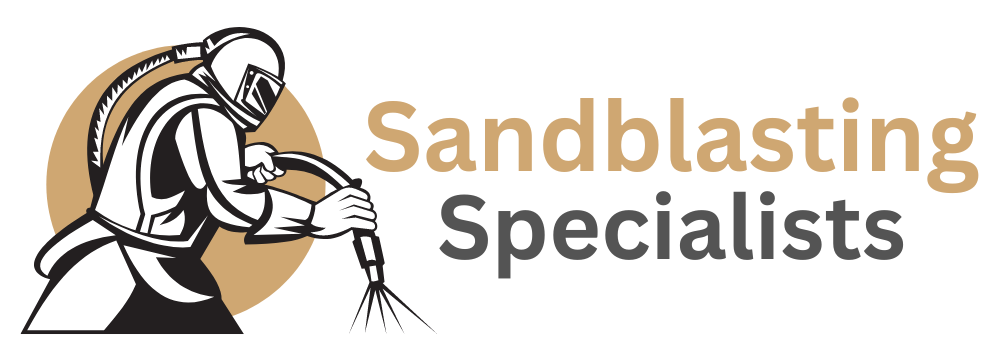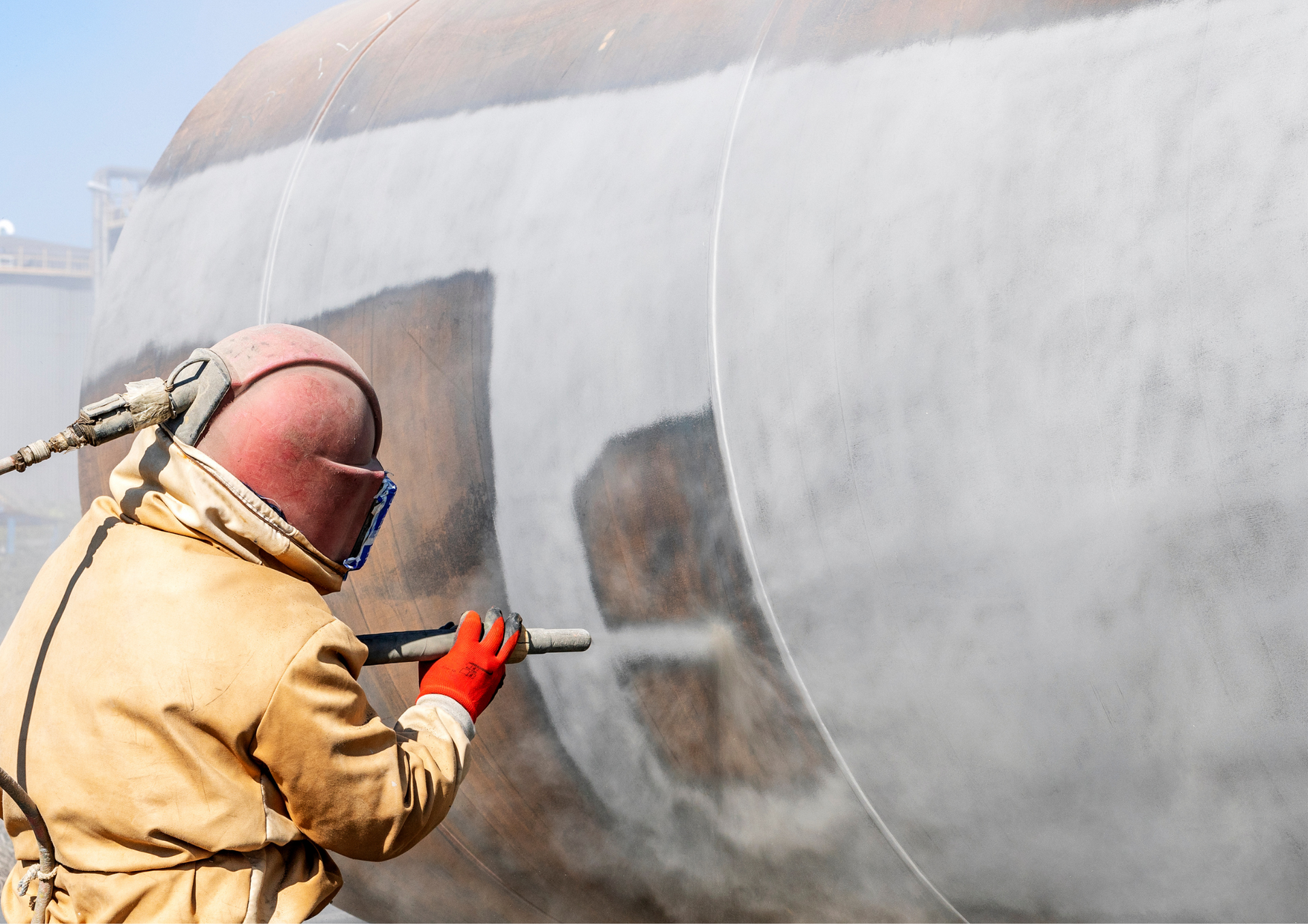Sandblasting Safety: Essential Protocols and Equipment for Operators
Sandblasting, also known as abrasive blasting, is a powerful technique used to clean or modify the surface properties of materials. While incredibly effective, this process can pose significant health and safety risks to operators. Ensuring a safe working environment is not just a regulatory requirement; it's a moral obligation to protect those who work with or around sandblasting operations. This blog post delves into essential safety protocols and equipment for sandblasting, aiming to provide a comprehensive guide for operators and safety managers alike.
Understanding the Risks
Before diving into safety measures, it's crucial to acknowledge the risks associated with sandblasting. The primary concern is respiratory hazards, especially when using silica sand as an abrasive material. Prolonged exposure to silica dust can lead to silicosis, a debilitating lung disease. Other respiratory hazards include various types of respirable dust that can cause long-term health issues. Additionally, the noise generated during sandblasting can result in hearing damage, while flying particles pose serious risks to the eyes and skin.
Legal and Regulatory Framework
In the UK, sandblasting operations are governed by regulations set forth by the Health and Safety Executive (HSE). These regulations mandate the use of protective measures and equipment to safeguard workers. Familiarising yourself with these guidelines is the first step towards creating a safe sandblasting environment.
Personal Protective Equipment (PPE)
The cornerstone of abrasive sandblasting safety is appropriate personal protective equipment (PPE). This includes:
- Respiratory Protection: Selecting the right respirator is vital. For most sandblasting operations, a full-face, supplied-air respirator is recommended to protect against inhalation of hazardous dust.
- Protective Clothing: Operators should wear overalls, gloves, and safety shoes to protect against abrasive materials. A safety helmet is also essential.
- Eye and Face Protection: Safety goggles or full-face shields are necessary to guard against flying particles.
- Hearing Protection: Given the high noise levels, earplugs or earmuffs are necessary.
Safe Operating Procedures
Ensuring safe operation involves several key steps:
- Pre-Operation Safety Checks: Before commencing, inspect all equipment for damage or wear and prepare the work area to minimise the risk of accidents.
- Operational Safety Practices: Use the equipment properly and implement dust control measures to reduce airborne particles.
- Post-Operation Procedures: Clean and maintain equipment after use and dispose of waste materials safely.
Equipment and Machinery Safety
Selecting the right grit blasting equipment and maintaining it in good working order is crucial for safety. This includes choosing the correct abrasive blasting cabinets or portable systems and adhering to a regular maintenance and inspection schedule.
Training and Education
Competency training for operators is non-negotiable. Training programs should cover the health risks associated with sandblasting, the correct use of PPE, and safe operating techniques. Ensuring operators are certified and receive ongoing education is key to maintaining a safe environment.
Emergency Preparedness and Response
Being prepared for emergencies involves:
- Having first aid measures in place for sandblasting injuries.
- Establishing procedures for handling accidents.
- Maintaining up-to-date emergency contact information.
Creating a Safety Culture
Safety is not just about following procedures; it's about creating a culture that values and prioritises health and safety. Management plays a crucial role in fostering this culture, encouraging safe practices, and conducting regular safety meetings and audits.
Sandblasting is a task that carries inherent risks, but with the proper safety protocols and equipment, these risks can be significantly mitigated. By understanding the hazards, equipping operators with the necessary PPE, adhering to safe operating procedures, and fostering a culture of safety, we can ensure that sandblasting operations are conducted safely and effectively.
If you find yourself searching online for "sandblasting near me", then search no more. Our team of skilled sandblasters are always available to answer your questions and inquiries. Sandblasting Specialists is your go to company for all your sandblasting needs. Save our number today!
To know more, read our GBP update about the essential protocols for
sandblasters.



